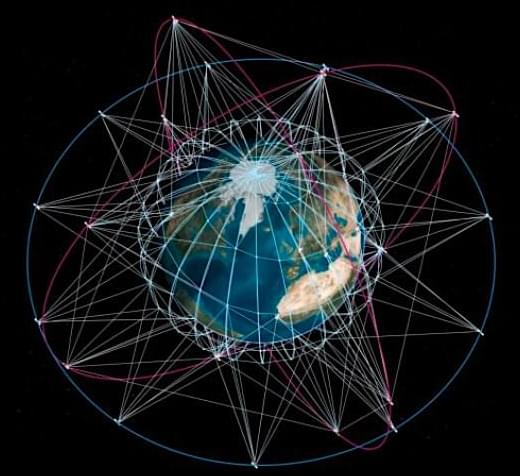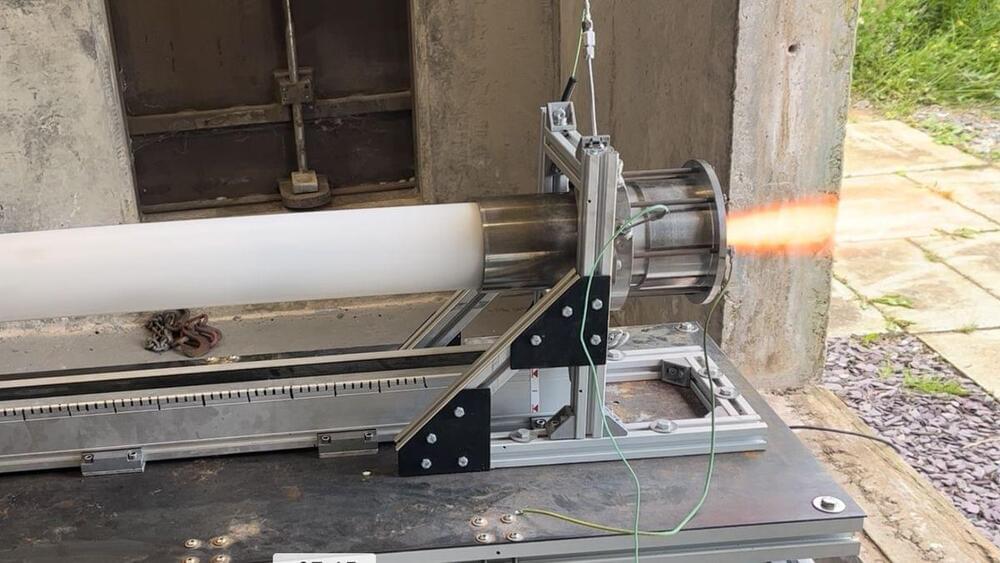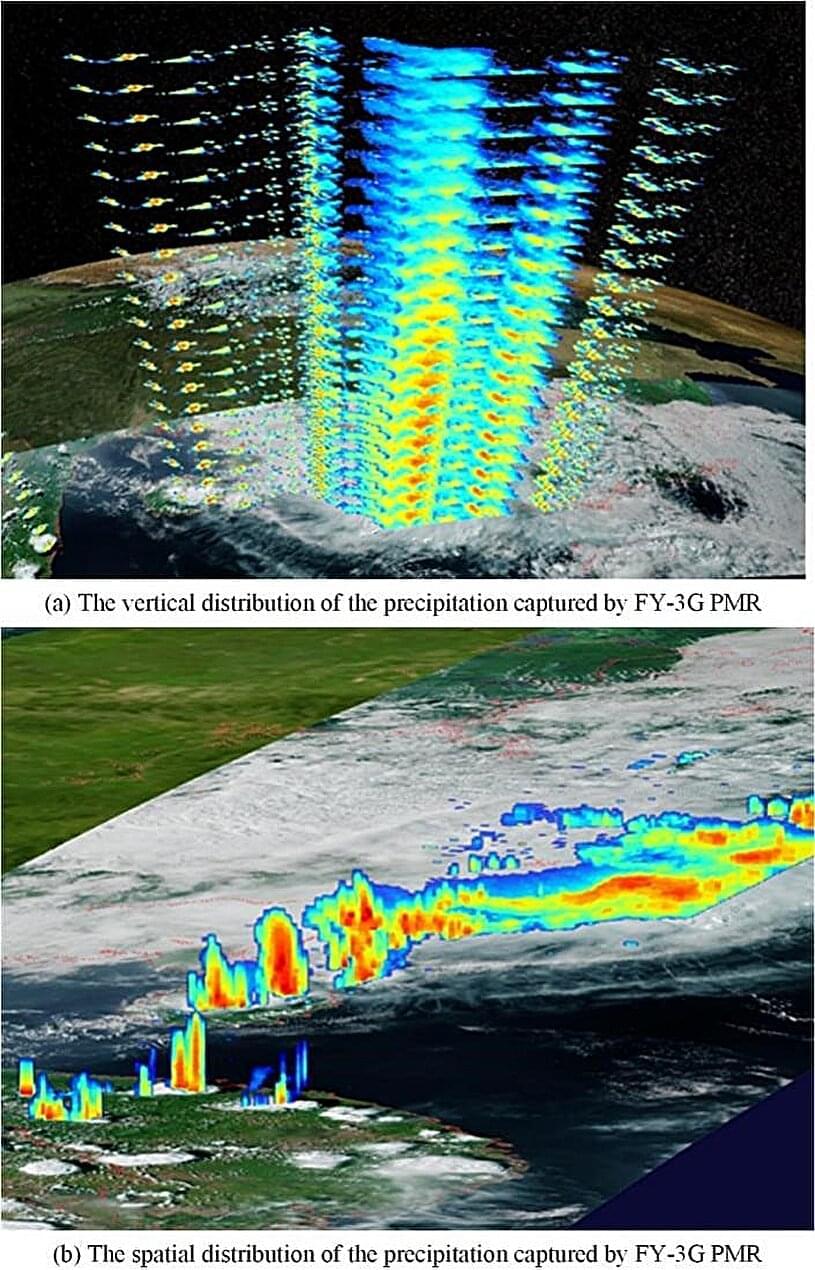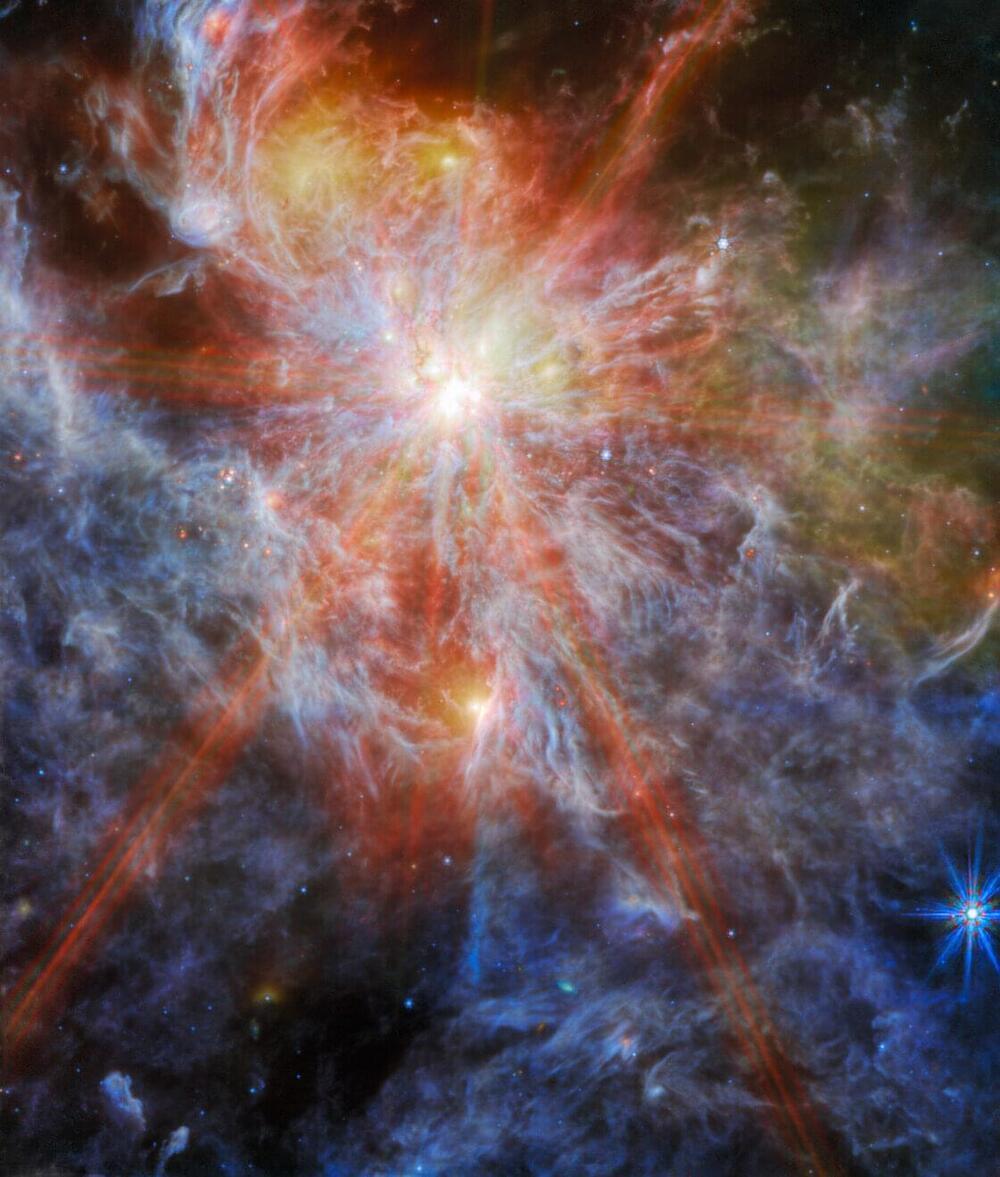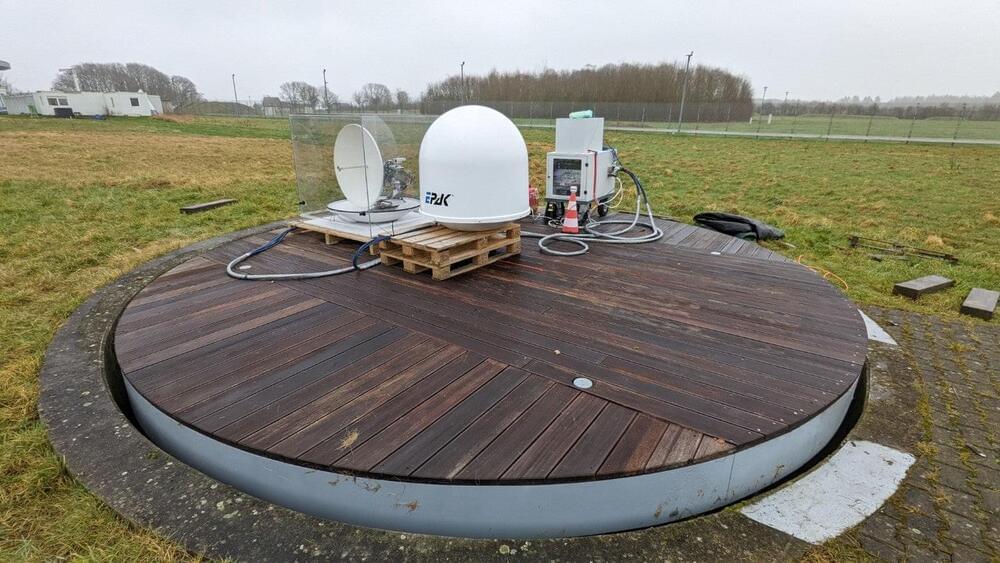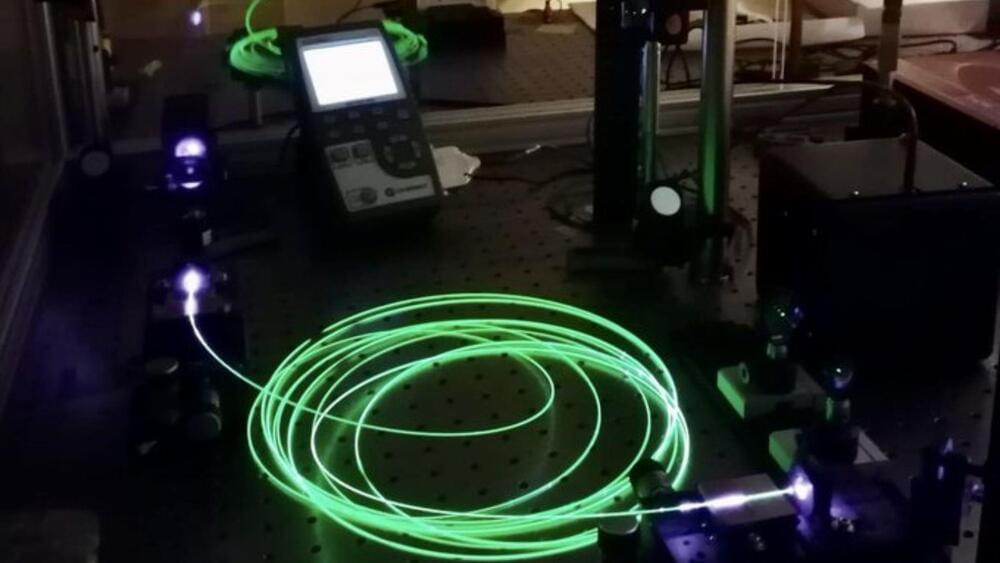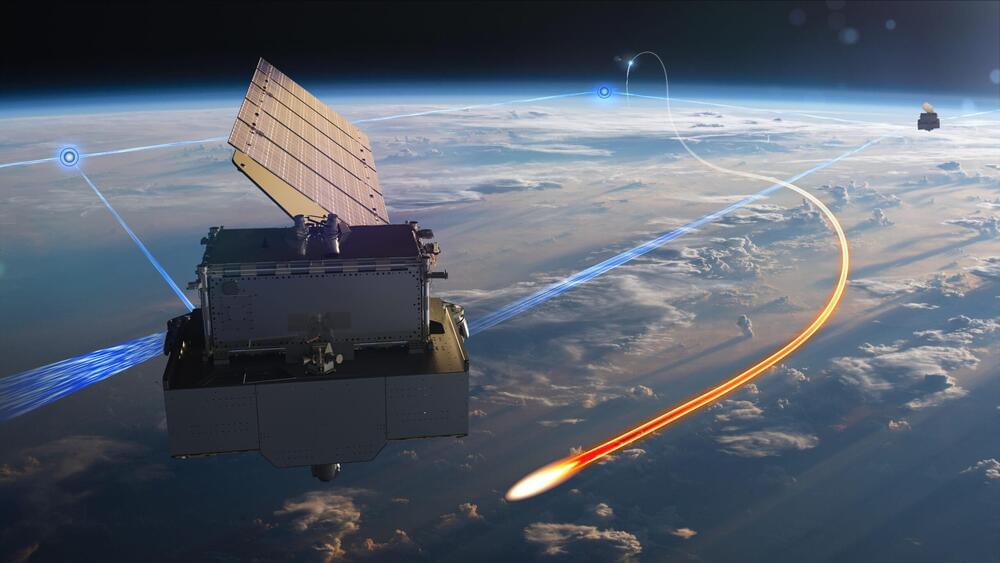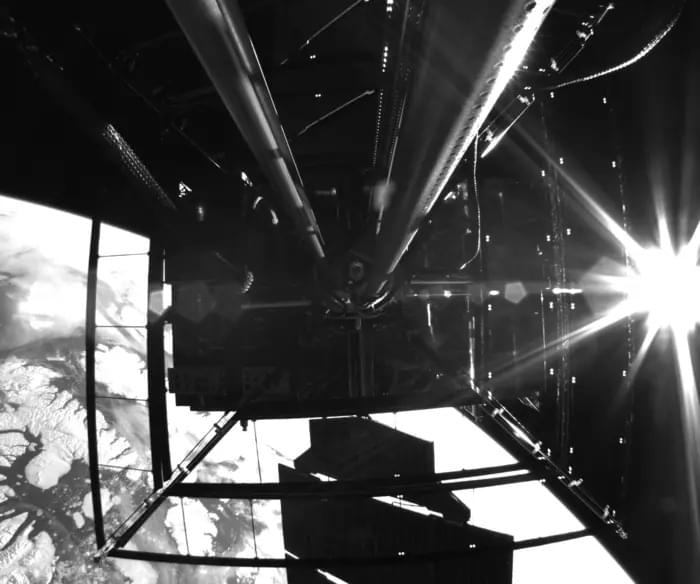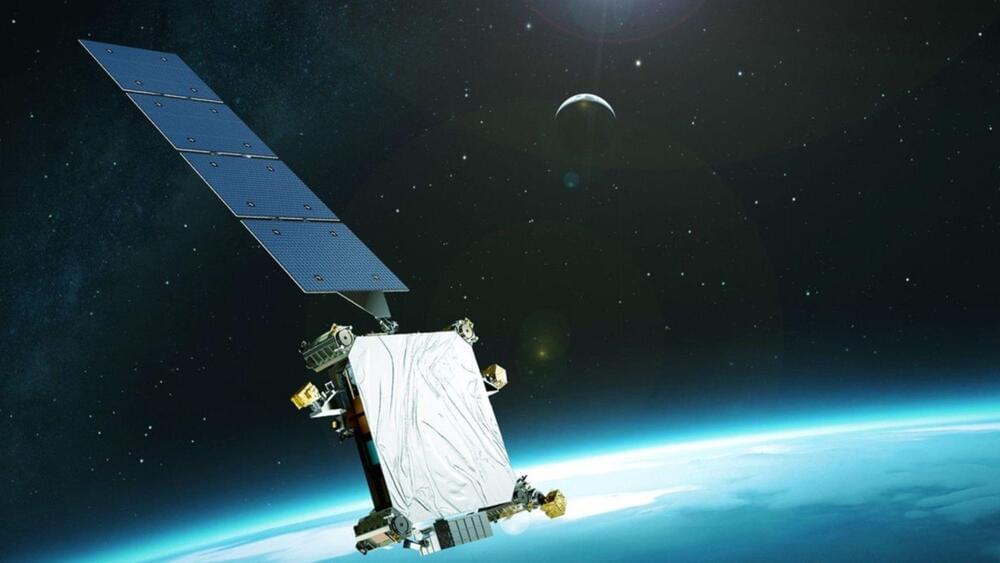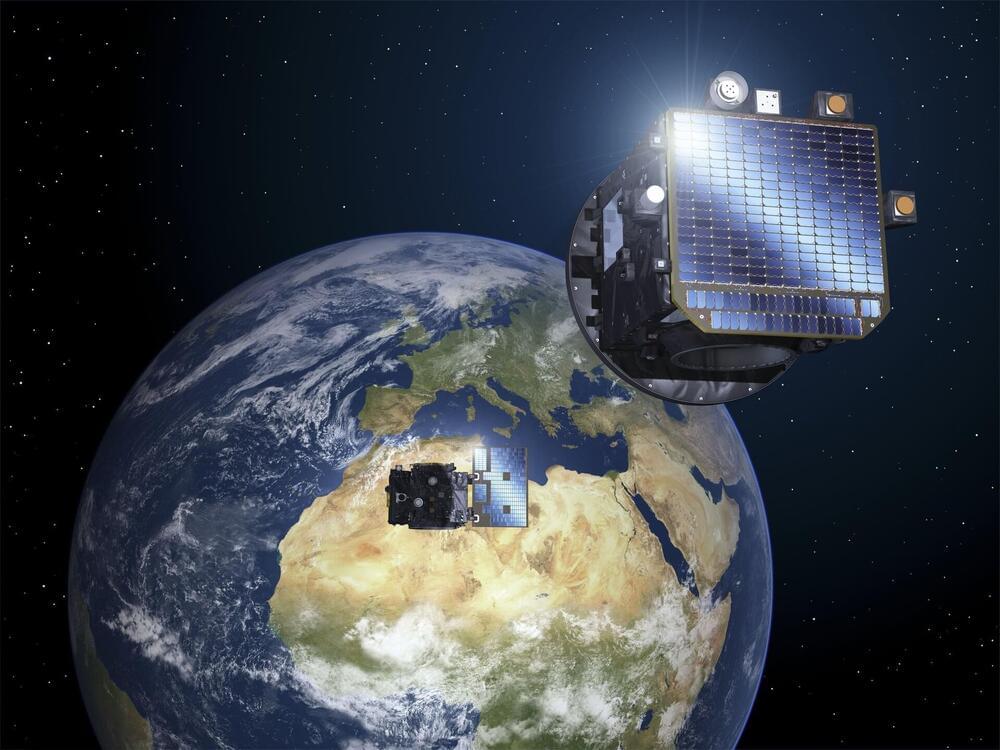BRUSSELS — Three of Europe’s biggest satellite fleet operators — SES, Eutelsat and Hispasat — explained why they are investing in the European Commission’s Iris2 multi-orbit satellite constellation, designed as a public-private partnership with the Commission and the 22-nation European Space Agency (ESA).
Three weeks before their SpaceRise consortium’s best-and-final bid is due, these companies said Iris2 gives them part ownership in a global medium-and low-Earth-orbit network whose capex is mainly government funded.
To view the entire article, become a subscriber!
